
In this lesson, students will engage in an evolution card game to investigate how selective pressures can affect an organism's evolution.
- Subject:
- Biology
- Science
- Material Type:
- Lesson Plan
- Provider:
- NOVA Teachers
- Author:
- NOVA
- Date Added:
- 02/26/2019

In this lesson, students will engage in an evolution card game to investigate how selective pressures can affect an organism's evolution.
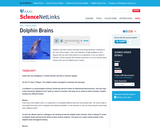
Dolphins and other marine mammals have pretty big brains compared to the size of their bodies. That?s one indication of high intelligence, and anyone who has seen them perform at an aquarium or zoo can attest to that fact. This Science Update introduces us to one scientist who?s trying to find out how dolphins got so brainy.
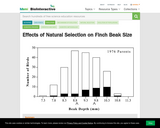
In this activity, students evaluate data from a study conducted on the island of Daphne Major in the Galapagos Islands investigating the change in beak depths of finches after a drought. Students will analyze a graph and then answer discussion questions based on the graph characteristics and what the data shows.

In this activity, students examine how natural selection works to bring about the evolution of adaptations. Using a simulation tool, students can slow down the process to examine all the steps involved, or speed it up to observe how a population evolves over time.
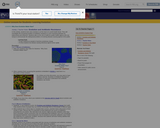
In this activity, students learn why evolution is at the heart of a world health threat. They will investigate the increasing problem of antibiotic resistance in such menacing diseases as tuberculosis and influenza. Students take on the role of staff at a public health agency who are trying to communicate the widespread problem of evolving disease-causing agents to the public.

This interactive illustrates how a changing environment (represented by different background colors) can prompt the evolution of a population of virtual creatures.

These two activities support the film The Origin of Species: The Beak of the Finch. They provide students with the opportunity to analyze data collected by Princeton University evolutionary biologists Peter and Rosemary Grant.

This interactive explores different anatomical features of the human body and what they reveal about the evolutionary history humans share with other organisms, including earlier, long-extinct species.
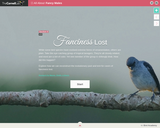
In this interactive, students explore evolutionary relationships between tanagers. They will investigate why one species is much drabber in color than the others and determine whether this is a case of fanciness lost.
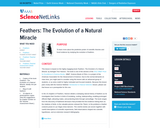
This lesson is based on the highly engaging book Feathers: The Evolution of a Natural Miracle by Thor Hanson. Alternate texts and strategies for sharing are provided in case there are not enough book resources for all students to have an individual copy. As they read, students will take notes and then participate in an interactive "grab bag book review" where they will take objects from a bag, one at a time, to act as prompts for re-telling big ideas from the book and lesson.

This brief video describes the five ways that evolutionary change can occur. Assessments for the student to complete after viewing the video are also included.

Students watch the video "Flatworms: The First Hunter" and answer a series of questions about adaptations and evolution.

Students will understand the pattern of genetic variation among humans and how variation has been introduced into our species over time. As a culminating activity, students will pick a trait variation to research and report.

This news brief from April 2007 describes the genetics of lactose intolerance and how the trait is expressed in various human populations. This article includes a set of discussion and extension questions for use in class. It also includes hints about related lessons that might be used in conjunction with this one.
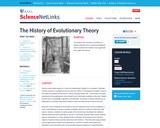
In this lesson, students examine how evolution has been scientifically explained historically. In doing so, students will read and analyze the arguments and theories set forth by three historically significant scientists: Jean Baptiste Lamarck, Alfred Russell Wallace, and Charles Darwin.

This video describes how natural and sexual selection can shape the way animals look and act.

Students to read detailed scientific passages and explain how an understanding of specfifc icefish adaptations might lead to a treatment or cure for human disorders, such as osteoporosis and anemia.
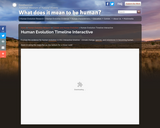
Students explore the evidence for human evolution in this interactive timeline.
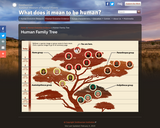
Students explore the relationships among the hominid family tree.

In this lesson, students will interpret data on the evolution of plants and the change in the atmosphere, and construct a drawn model of photosynthesis.